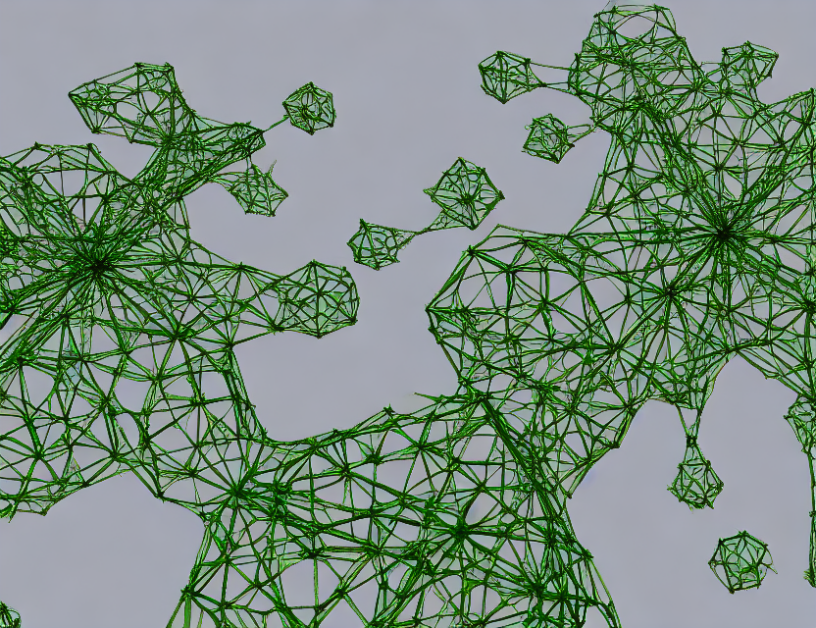Peirce’s Gamma system is a mathematical notation that uses graphs to represent logical relationships between statements. In this article, we explore the concept of implicit rules in Gamma systems and how they can be used to simplify complex logical expressions. We will delve into the three implicit rules provided in the context – R7, R8, and R9 – and explain their applications in a concise and easily understandable manner.
Implicit Rules
Rule 7 (Concatenation): Two graphs that are in the same region can be concatenated, and the result can be separated in the same region. This rule allows for the combination of multiple statements into a single graph, making it easier to represent complex logical expressions. For example, X and Y can be concatenated to form XY, which can then be separated into two distinct graphs, YX or XY.
Rule 8 (Commutativity): Two concatenated charts can be rewritten by changing the order of the statements. This rule allows for flexibility in how statements are arranged within a graph, making it easier to visualize complex logical relationships. For instance, XY and YX can be rewritten as either XY or YX, depending on the desired arrangement of statements.
Rule 9 (Associativity): In three graphs that are concatenated, the order in which they were concatenated is irrelevant. This rule allows for greater flexibility in how statements are arranged within a graph, making it easier to visualize complex logical relationships. For example, XYZ can be rewritten as either XYZ or YXZ, regardless of the order in which the statements were concatenated.
Applications
The implicit rules provided in Gamma systems can greatly simplify complex logical expressions by allowing for the combination of multiple statements into a single graph. This can make it easier to visualize and understand complex logical relationships, leading to more accurate and efficient problem-solving. Additionally, these rules allow for greater flexibility in how statements are arranged within a graph, making it easier to tailor graphs to specific problems or contexts.
Conclusion
In conclusion, the implicit rules of concatenation, commutativity, and associativity in Peirce’s Gamma system provide a powerful tool for simplifying complex logical expressions. These rules allow for greater flexibility in how statements are arranged within a graph, making it easier to visualize and understand complex logical relationships. By mastering these rules, one can more efficiently solve problems and better understand the underlying logic of complex systems.



